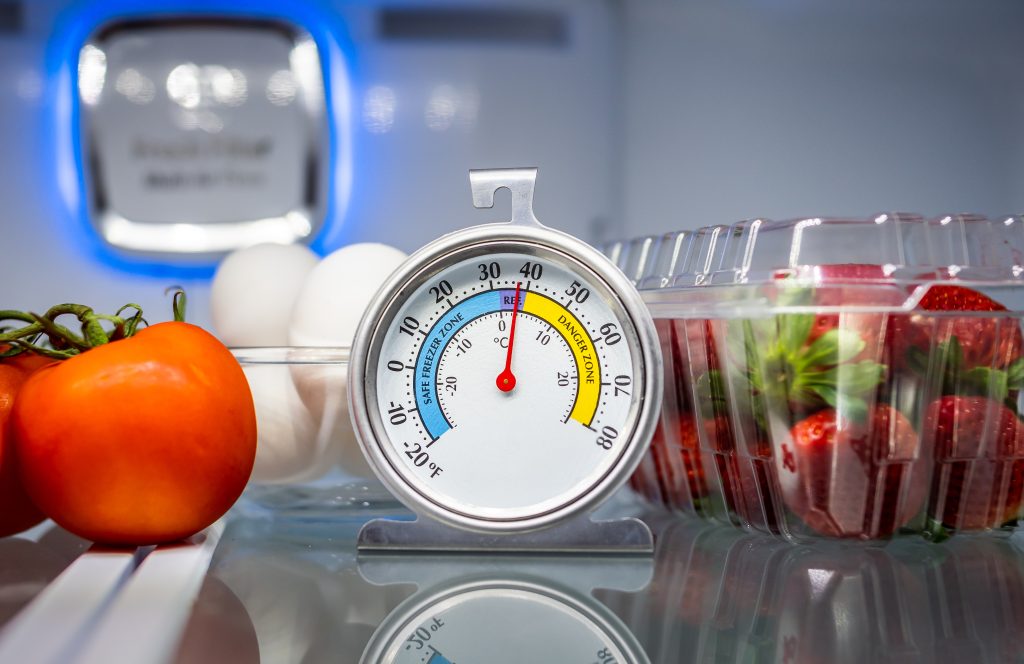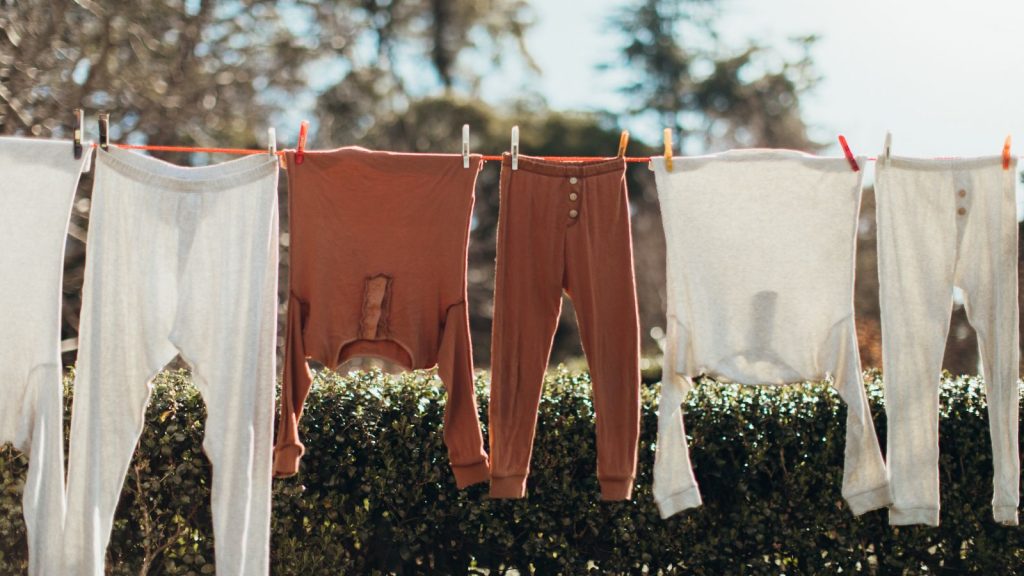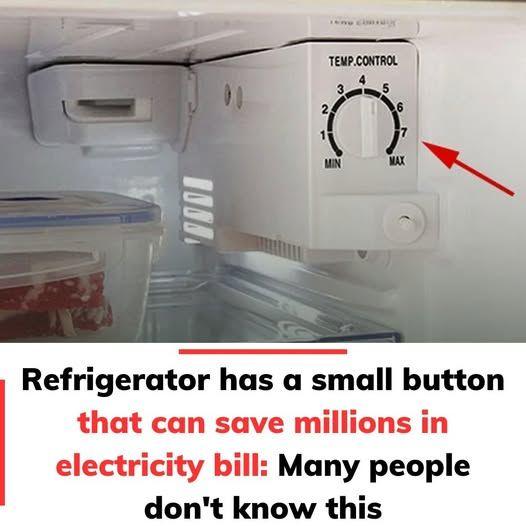Electricity bills can take up a big chunk of your monthly expenses but many of us don’t realize how much we can save by making a few smart changes. By adjusting daily habits and upgrading certain devices, you can significantly cut down on energy usage without sacrificing comfort. Below are practical strategies to help you lower your power bill and be more energy-efficient at home.
Light the Smart Way
One of the easiest areas to save is in lighting. Switch out old incandescent or halogen bulbs for LEDs, which use far less energy and last much longer.
If possible, install dimmer switches so you can lower the lighting level when full brightness isn’t required. Also, make a habit of turning off lights when you leave a room — a simple change, but it really adds up.

Tame Vampire Power
Many devices — like TVs, chargers, and game consoles — still use electricity even when turned “off.” This is called phantom load or “vampire energy.” Unplug these devices when you’re not using them or plug them into a smart power strip that cuts power completely when things are idle.
Make Heating and Cooling Efficient
Heating or cooling the house usually uses the most energy. Use a programmable or smart thermostat: set it to reduce energy use when you’re sleeping or away, then raise/lower it when you’re home again. Seal any drafts in doors and windows using weatherstripping or caulk to stop wasted energy.
Also, replace air filters in your HVAC system at least every few months — a clean filter helps your system run more efficiently.
Use Appliances More Wisely
Big appliances like washers, dishwashers, and refrigerators use a lot of power. Here are ways to use them more efficiently:
- Run laundry and the dishwasher only when they’re full.
- Wash clothes in cold or warm water instead of hot — heating water takes a lot of energy.
- When cooking, try to use induction cookers, or make sure pots and pans are the right size for the stove — that helps reduce wasted heat.
Manage Hot Water Use
Heating water is also a major energy user. You can turn down your water heater’s temperature — even a small reduction can cut your costs substantially. Take shorter showers, or install a low-flow showerhead to reduce the volume of hot water used.
Improve Home Insulation
Small leaks around windows, doors, or poorly sealed openings make heating or cooling systems work harder. Sealing these with weatherstripping or caulking helps maintain a stable temperature indoors. Consider adding insulation in your attic or walls to help keep warmth in during winter and out during summer.
Adopt Smart Habits
Simple changes in your daily routine can make a big difference:
- Use natural daylight instead of artificial lighting when possible.
- Air dry your laundry instead of using an electric dryer.
- Do your energy-intensive tasks — like laundry or running the dishwasher — during off-peak hours (if your electricity provider offers cheaper rates at certain times).

Track Your Usage
Installing a smart meter or using an in-home energy display helps you see exactly how much energy you’re using and when. With that feedback, you can adjust your habits in real time to reduce unnecessary consumption.
Final Thoughts
Saving on electricity doesn’t always mean making huge investments — many of the biggest gains come from simple behavior changes and making your devices more efficient. Whether you’re switching to LED bulbs, unplugging unused electronics, or sealing up your home, these steps are really practical and effective. Over time, the savings you rack up can become quite significant — and it’s good for both your wallet and the environment.

















